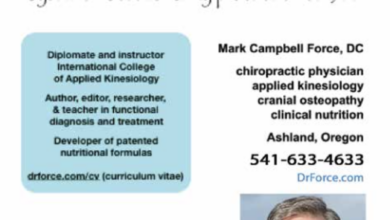The Three Treasures and Origins of Acupuncture
History and Origins
We know that bian shi (sharpened stones) have been found in Mongolia that date to the Neolithic period (~7,000 BC in Asia) and archeologists believe they were used for a type of acupuncture. Fish bone needles were used in Korea as early as 3,000 BC. The Yellow Emperor’s Classic of Internal Medicine – around 250 BC. The first metal needles – 100 BC.
But, what is acupuncture and how did it develop? The model and approach of acupuncture appears to have come from taoism – the Chinese philosophy of observing and living in accord with the laws of nature.
Acupuncture is use of needles at points along meridians to stimulate these specific areas of the body in order to elicit a change in energy (nerve tone). It is a means of balancing the movement of chi (energy) through meridians (pathways). These pathways have connections to specific organs and systems and influence their functions. Research indicates these effects are mediated through the nervous system.
Meridian Therapy
Acupuncture is a type of meridian therapy used to balance nerve tone and body functions. Other meridian therapies include stimulation of acupuncture points with pressure, teishin (non-piercing needle), tapping, laser, and electrical micro-current, herbs, diet, tuina and gua shua (forms of massage), bone setting (a form of chiropractic), qi gong/tai chi (movement and breathing exercises), and meditation.
Meridian therapy brings harmony to the body and restores body functions. This isn’t esoteric – it’s measurable. Ohmmeters – instruments that measure energy in electrical circuits – can be calibrated to measure, store, and analyze meridian energy balance via computer. Measure, treat, re-measure, observe the change – the principles of acupuncture are measurable.
The Three Treasures
In the Chinese philosophy of taoism, there are three principles present throughout nature that maintain life, action, and thought. These are jing, qi, and shen.
Jing
~ primordial essence, deep innate energy, reserve, constitution
Qi
~ vitality, circulating energy, force, breath
Shen
~ mind, spirit, soul
The stronger each of the three treasures, and the greater the harmony between them, the healthier we are. This is the focus and prime directive of traditional Chinese medicine (TCM). As esoteric as these concepts may seem, they all have western correlates (more on this another time).
Meridian Therapy and the Three Treasures
Meridian therapy, including acupuncture, nourishes, restores, and balances jing, qi, and shen and does this predictably and measurably and has ever more peer-reviewed to support it. In doing so, meridian therapy protects our resources (jing), robust health and energy (qi), and mind and spirit (shen).

